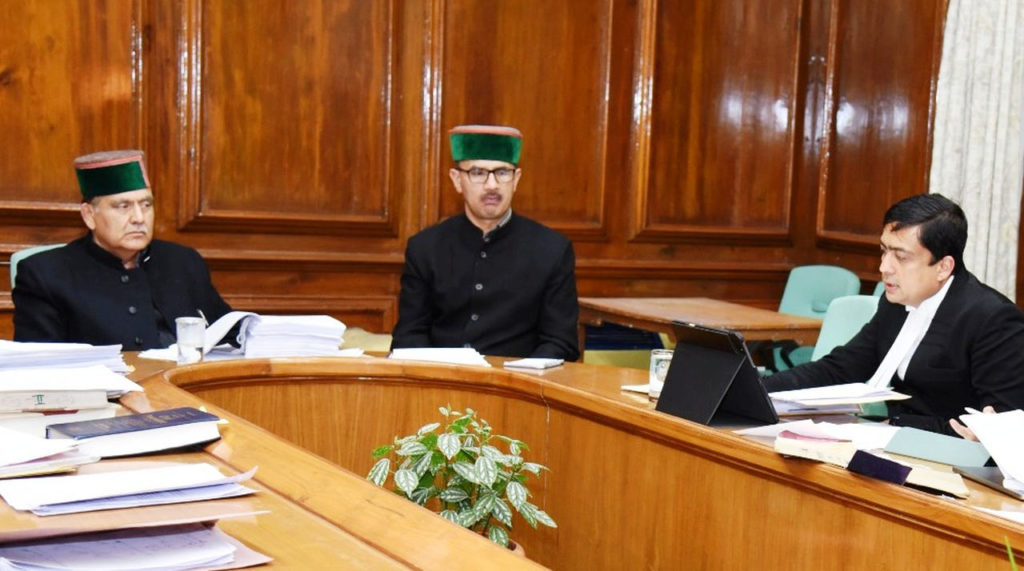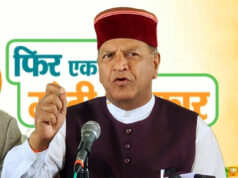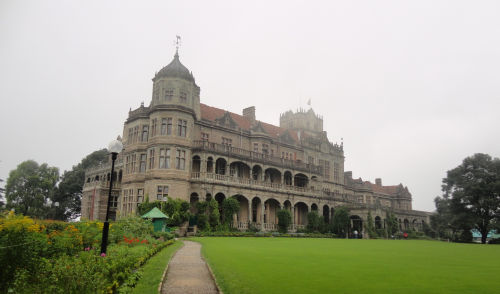Shimla – In a decisive move showcasing the implementation of the Anti-Defection Law, the political landscape of Himachal Pradesh witnessed a significant upheaval as six rebel Congress MLAs were officially disqualified by the State Assembly Speaker, Kuldeep Singh Pathania.
The disqualification followed a petition filed by Harsh Vardhan Chauhan, Congress MLA and Parliamentary Affairs Minister, seeking action against the dissenting legislators under the anti-defection law. The accused rebels were charged with violating party discipline by supporting the BJP’s Rajya Sabha candidate despite a clear party whip.
The disciplinary action was also linked to their absence from the legislative assembly during the crucial budget passing, defying the party’s explicit instructions.
The six disqualified MLAs are Rajindra Rana, Sudhir Sharma, Ravi Thakur, Devendra Kumar Bhutto, Indradutt Lakhanpal and Chaitanya Sharma.
The Anti-Defection Law, as per the Tenth Schedule of the Constitution of India, aims to curb political defections by legislators and promote stability in the functioning of the government. Under this law, a member of a house belonging to any political party is disqualified if he/she voluntarily gives up the membership of his/her party or votes or abstains from voting contrary to the party whip in any matter.
The disqualification of these six MLAs is seen as a stern message from the Congress leadership, emphasizing the importance of party discipline and unity. It also serves as a cautionary tale to other potential dissenters within the party ranks.
Political analysts suggest that this development could have ripple effects on the stability of the Congress-led government in Himachal Pradesh. However, party leaders remain optimistic about their ability to weather the storm and maintain a strong foothold in the state.
As the disqualified legislators ponder their political futures, the incident adds an intriguing chapter to the unfolding political drama in Himachal Pradesh, setting the stage for renewed power dynamics and potential realignments in the state’s political landscape.















